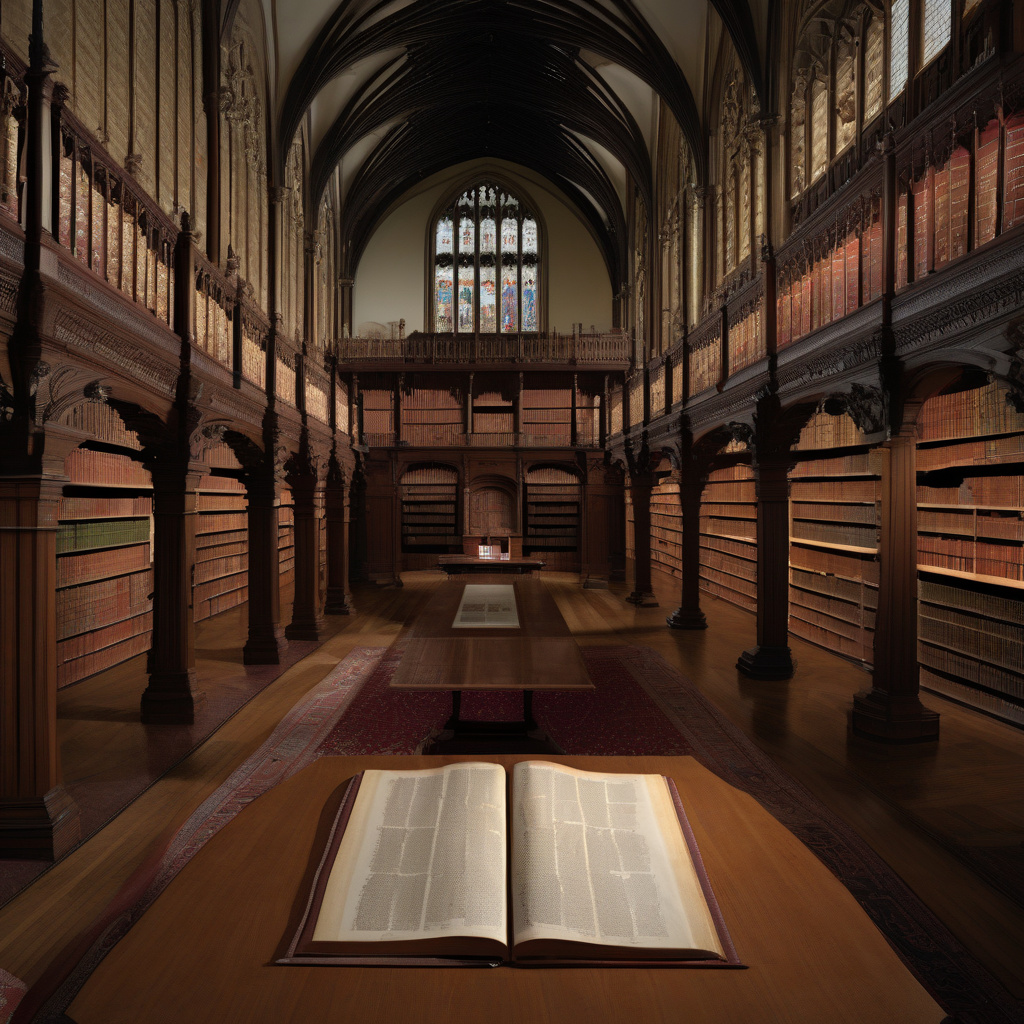A Magna Carta document, long thought to be an unofficial copy, has been confirmed as an authentic piece dating back 725 years. This significant historical find has surfaced after 80 years at Harvard University, where it was initially purchased for a mere $27 under the assumption that it was a counterfeit. The revelation of this priceless artifact has sent shockwaves through the academic and historical communities, shedding light on the importance of thorough authentication processes and the value of preserving our past.
The Magna Carta, Latin for “Great Charter,” is a seminal document in legal history, signed in 1215 by King John of England. It laid the foundation for the rule of constitutional law and individual rights, influencing legal systems around the world. With only 24 known copies of the original Magna Carta in existence today, each discovery holds immense significance and provides valuable insights into medieval governance and the development of democratic principles.
The story of the recently authenticated Magna Carta at Harvard University is a tale of serendipity and scholarly diligence. Acquired in 1949 by the university’s Houghton Library, the document was cataloged as a “facsimile,” a term commonly used to denote a reproduction or copy. It wasn’t until a routine inspection by a visiting scholar that suspicions arose regarding the authenticity of the piece. Subsequent analysis, including carbon dating and ink testing, confirmed that the document was, in fact, an original Magna Carta from the 13th century.
The implications of this discovery are far-reaching, prompting a reevaluation of similar artifacts housed in archives and private collections worldwide. The case of the Harvard Magna Carta serves as a cautionary tale, underscoring the importance of continuous verification and expert scrutiny in the field of historical document authentication. It also highlights the role of technology and scientific advancements in uncovering hidden truths and preserving our shared heritage for future generations.
Beyond its historical and academic value, the newfound Magna Carta at Harvard University carries a significant monetary worth. While the document was initially acquired for a nominal fee of $27, its true market value is estimated to be in the millions. This discrepancy underscores the unpredictable nature of historical discoveries and the potential windfalls that await those involved in the preservation and study of rare artifacts.
In conclusion, the revelation of the 725-year-old Magna Carta at Harvard University stands as a testament to the enduring allure of historical mysteries and the constant need for vigilance in the realm of artifact authentication. As scholars and experts continue to unravel the secrets of the past, each new discovery enriches our understanding of the world we inhabit today. The Magna Carta’s journey from obscurity to prominence serves as a reminder of the fragility and resilience of our shared history, urging us to preserve and protect our cultural heritage for generations to come.
Magna Carta, Harvard University, historical discovery, artifact authentication, preservation of heritage












